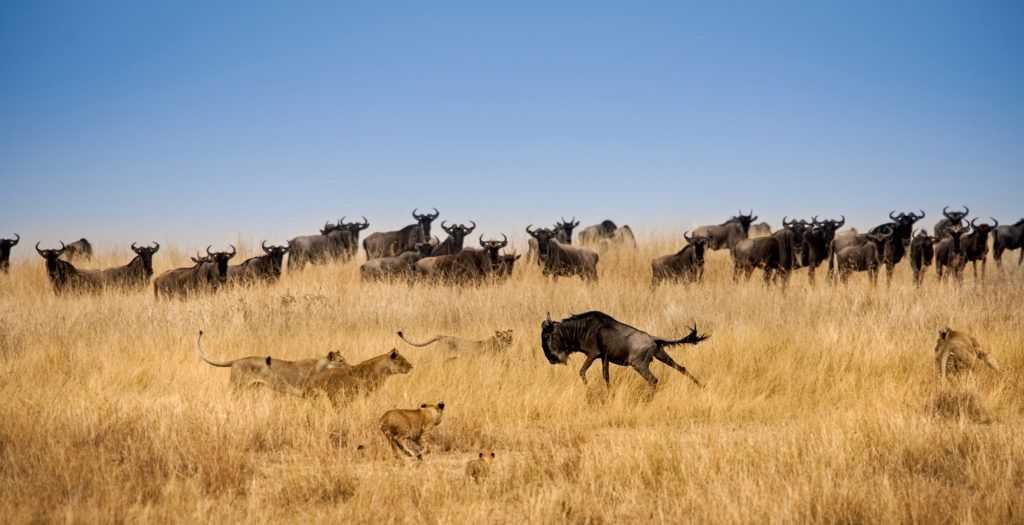Excerpt from the Stanford Social Innovation Review (SSIR), written by Jeffrey “Jefe” Parrish & Fred Nelson.
Human societies around the world are experiencing a historic loss of biological diversity and abundance. Newly released research describes how people have caused the loss of 83 percent of all wild animals and about half of all plants. Humans now impact 75 percent of the earth’s land surface, and approximately 60 percent of the world’s large mammals are threatened with extinction.
These kinds of dramatic data points make it clear that addressing the scope of the challenges facing conservation efforts around the world today will require concerted action on a much larger scale than has happened to date. It is equally clear that conservation challenges are increasingly complex, comprised of multi-faceted social, institutional, and ecological factors that span the local to the global.
Yet conservation efforts traditionally have suffered from excessively siloed or territorial approaches, internal conflicts, or competition for funding, influence, and recognition. They also have a tendency to operate through relatively isolated field projects. To overcome these challenges, conservation efforts need to more aggressively adopt ideas and approaches to systems leadership and collective action that involve new ways of working together across organizational fiefdoms and disciplinary siloes.
Read the full article, here.


